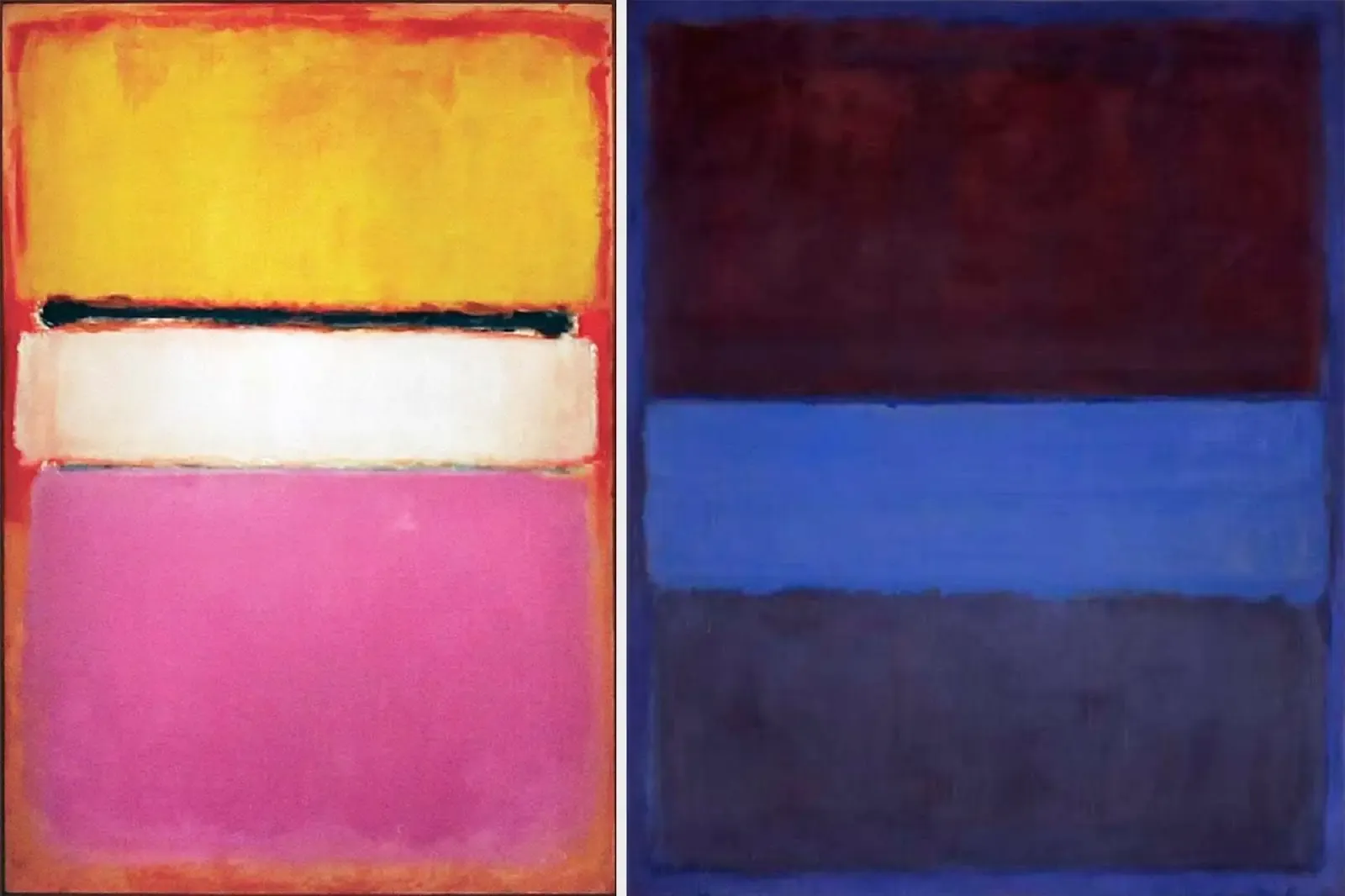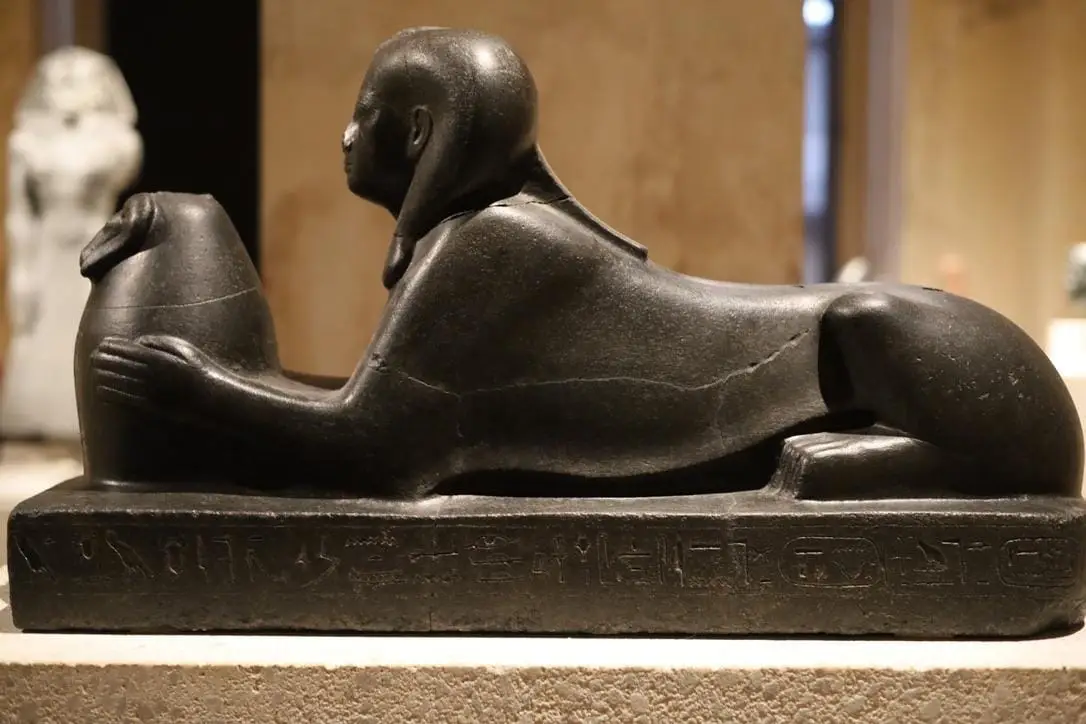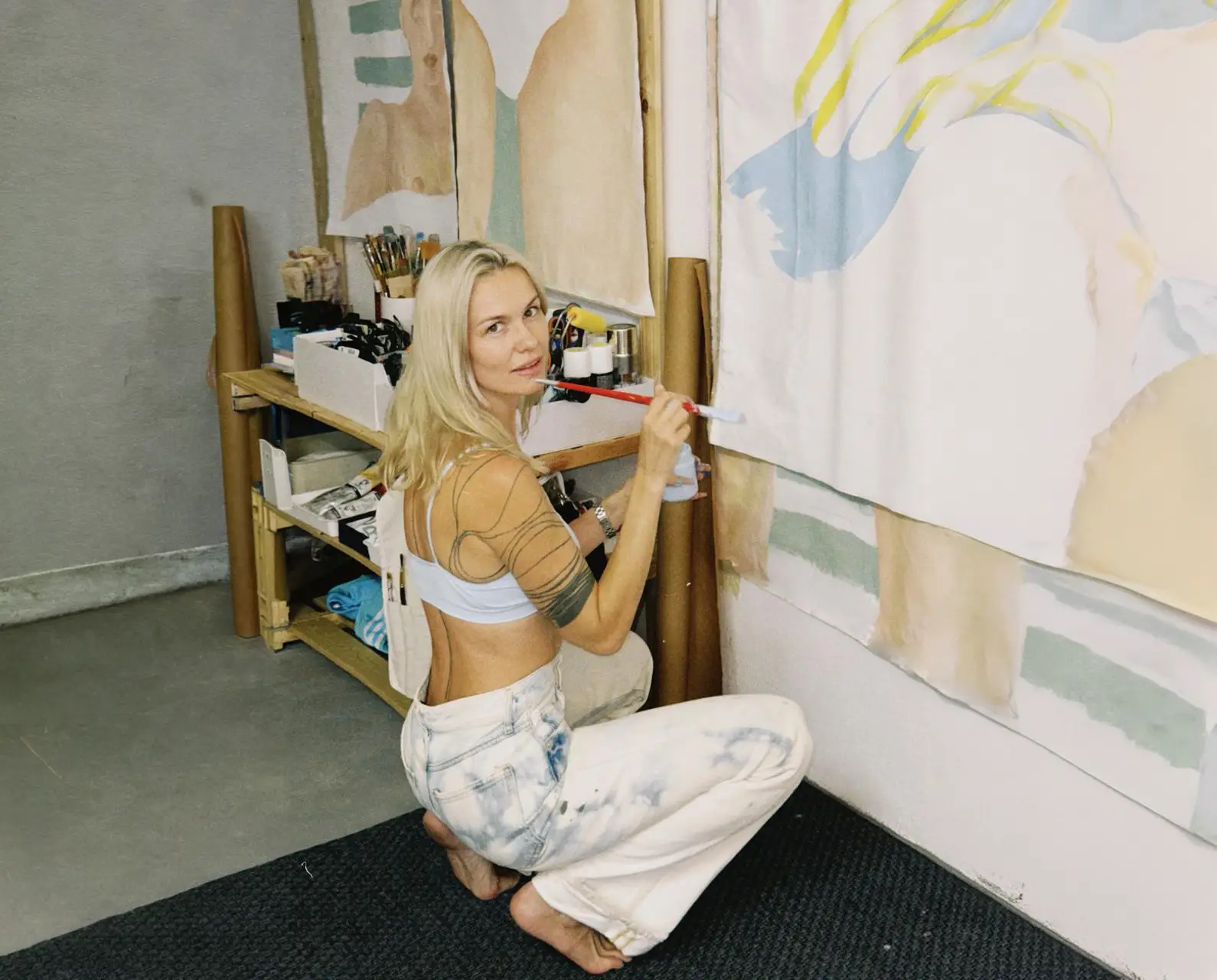Famous Colombian Artists: Iconic Painters and Their Impact on the Art World
Colombian painting is a conversation, and like all good talks it happens in many places and on multiple subjects at once. On the vaulted walls of cathedrals and shuttered factory doors, in the humid port of Cartagena and the glistening heights of Bogotá. Few art histories have exhibited such willful, headlong jumps from local to global, denunciation to celebration. The artists we are profiling here turned brushes into blunt tools of protest, into mirrors of national identity, and occasionally into invitations to unadulterated delight. Six painters, six different takes on a nation in perpetual reinvention and on how that country has in turn taught the wider art world to rethink scale, satire, and social conscience.
Why Colombian Painting Matters
Colombia’s painters write first drafts of history with oil, watercolor, and spray paint. Their canvases document armed conflict, but also coffee pickers at dawn, jazz drummers in Barranquilla, and the easy dignity of Afro-Caribbean elders. As the international market’s appetite for Latin American art has broadened, collectors find in Colombian work a rare combination: formal daring and storytelling that eschews apology.
Curators, for their part, find a different genealogy of modernism than the one that runs through Paris or New York: one that has Bogotá looking like Medellín’s rugged hills and the Caribbean’s salt-specked air. Each painter profiled below casts a shadow over national events (the Bogotazo, La Violencia, the drug wars, mass displacement) while borrowing as freely as their forebears from global movements: Mexican muralism, European abstraction, Pop satire, participatory practice. The result is a body of work that refuses to be provincial even as it never forgets where it is rooted.
Pedro Nel Gómez: The Muralist as Civic Voice
Few artists have carved themselves into the architecture of a city the way Pedro Nel Gómez has in Medellín. A 1929 engineering graduate who spent four years studying in Italy, Gómez returned to Antioquia in 1930 and found a region hurtling towards industrial modernity but starved for public art. The solution came in frescoes that sprawl across courthouse walls and university stairwells, rendering miners in Sisyphean struggle, mothers nursing infants against smoke-stained skylines, and half-mythic heroes wrestling the region’s rivers into hydroelectric dams.
Gómez’s masterpiece is Historia de Antioquia, which takes up 2,200 square meters across the face of Medellín’s Palacio Municipal. Pre-Columbian deities stand beside local steelworkers in its ranks, suggesting that the region’s future could honor its past without nostalgia. By insisting that art had a home on the street, and by painting themes of labor and social justice two decades before Diego Rivera’s *second-wave* muralists, Gómez set the template for political art in Colombia.
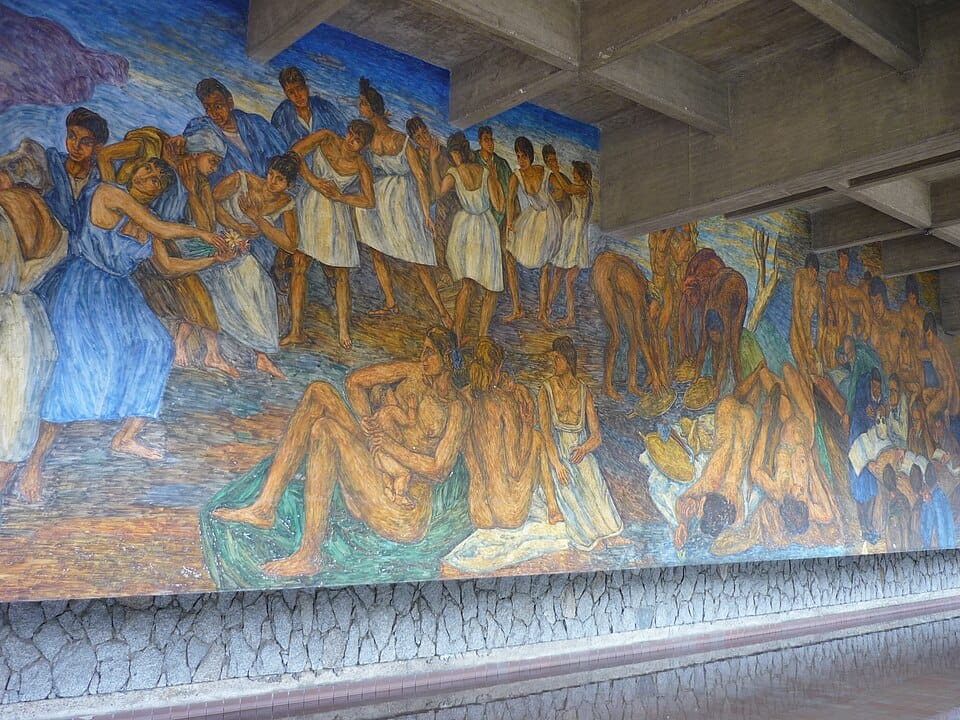
Débora Arango: Painting Against Silence
If Gómez gave Colombia new walls, Débora Arango wanted to tear the old ones down. In 1939, when Bogotán critics still measured “serious” art in classical nudes painted by men, Arango unveiled watercolors of women bathing—figures drawn not as fables of chastity but as flesh-and-blood individuals in control of their own gaze. The backlash was swift and perhaps predictable: death threats from the Church, slurs in the conservative press.
Arango fought censorship by upping the ante. During La Violencia, her watercolors and oils documented the bloodshed in brutal urban scenes: looming police, priests caricatured as gluttonous black silhouettes, and bodies sprawled across the backs of trams. The 1948 watercolor Masacre del 9 de Abril remains one of the period’s most searing visual testimonies, though she never stopped planting satire among the tragedy. “Art,” she wrote in a private letter, “owes truth, not obedience.”
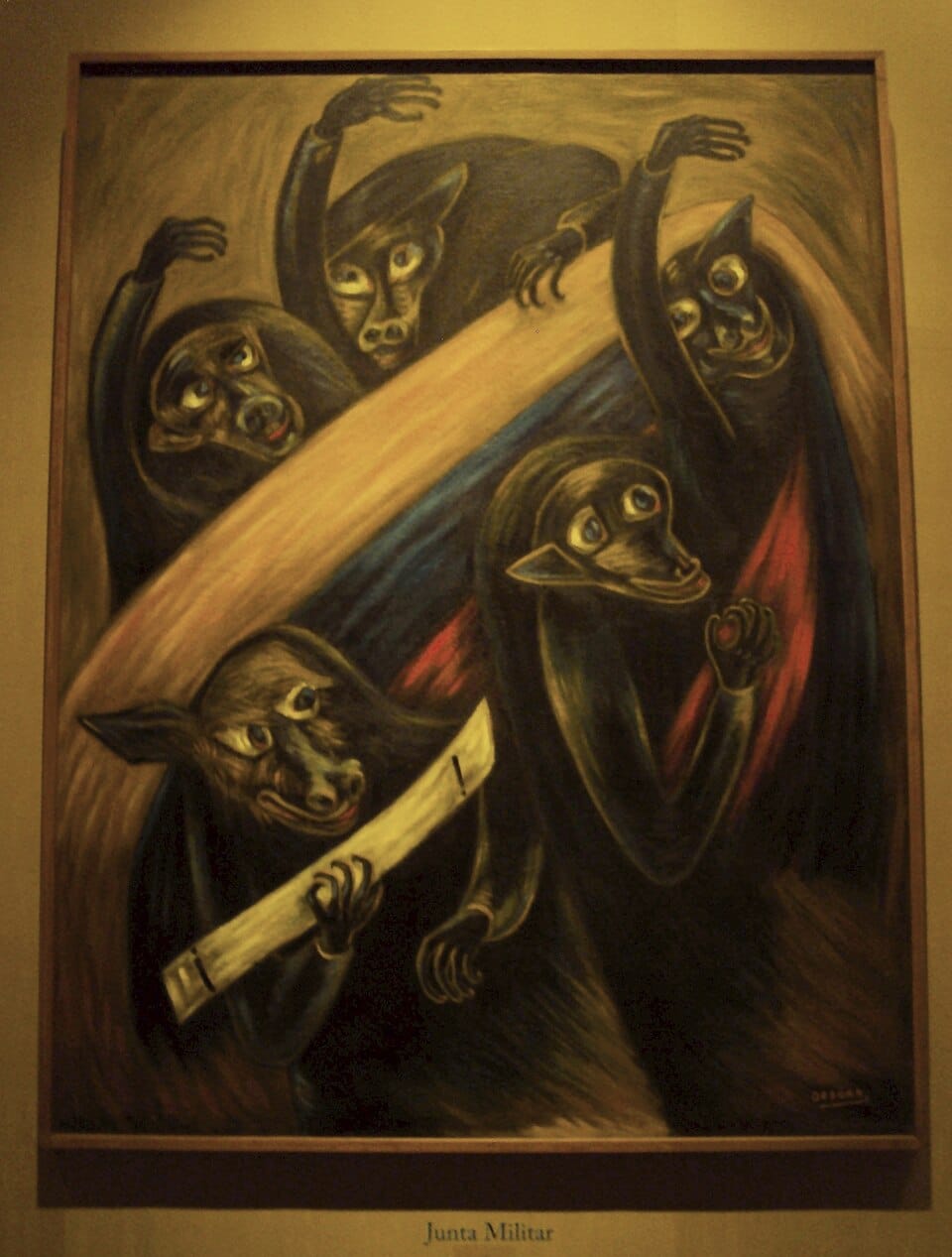
Arango’s refusal to silence her politics inspired later feminist voices—including Beatriz González and Doris Salcedo—who point to her as proof that a Colombian woman can seize the public square with a brush.
Alejandro Obregón: Modernism in Vivid Color
Alejandro Obregón arrived in Barranquilla in 1944 with a Spanish birth certificate and a hurricane of ideas. Within a decade he would fuse European modernist strategies—gestural abstraction, Fauvist color, Cubist composition—with Caribbean wildlife and national trauma. No painting of his announces this synthesis more emphatically than Violencia (1962), a murdered pregnant woman rendered in knife-edged blues and crimson, her swollen belly echoing the earth’s own ruptures.
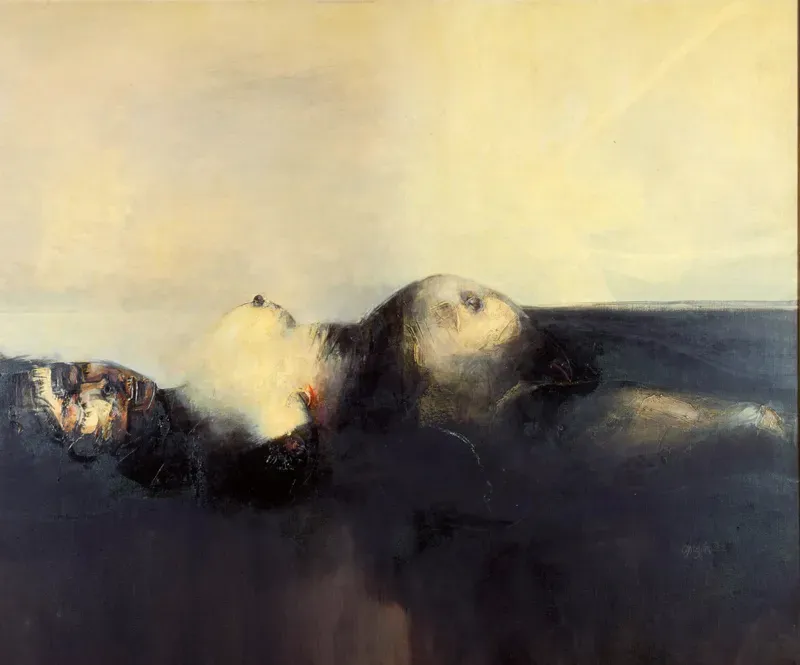
Obregón’s canvases overflow with symbolism: condors doubled as national rebirth and as the artist’s personal avatar, bulls as machismo buckling under its own swagger. Critics dubbed his style magical expressionism, halfway between the lyricism of García Márquez and the action painting of Willem de Kooning. By the 1960s, Obregón was a linchpin of the so-called “Barranquilla Group,” a salon of writers, painters, and jazz musicians who would propel Colombian culture beyond the region’s provincial boundaries. Younger abstractionists still count his saturated palette and mercurial brushwork among their deepest influences.
Enrique Grau: Portraits of a Diverse Nation
To understand Colombia’s racial kaleidoscope, stand in front of a canvas by Enrique Grau. Born in Cartagena to a family with Afro-Caribbean roots, Grau spent formative years in the Art Students League in New York where he absorbed Giorgione’s chiaroscuro and the quiet theatricality of George Tooker. Returning to Colombia in the 1950s, he trained his finely tuned realism on Afro-descendent and Indigenous communities—subjects long patronized or ignored by elite portraiture.
Paintings such as La Mulata Cartagenera and La Parca (Death) stage their protagonists against almost metaphysical backdrops: moonlit verandas, candlelit parlors, proscenium arches worthy of a García Márquez novella. Grau’s muted palette—corporeal pinks, sea-glass greens—lends his sitters a quiet gravitas, subtly indicating a society that too often denied such dignity to Black and Indigenous Colombians.
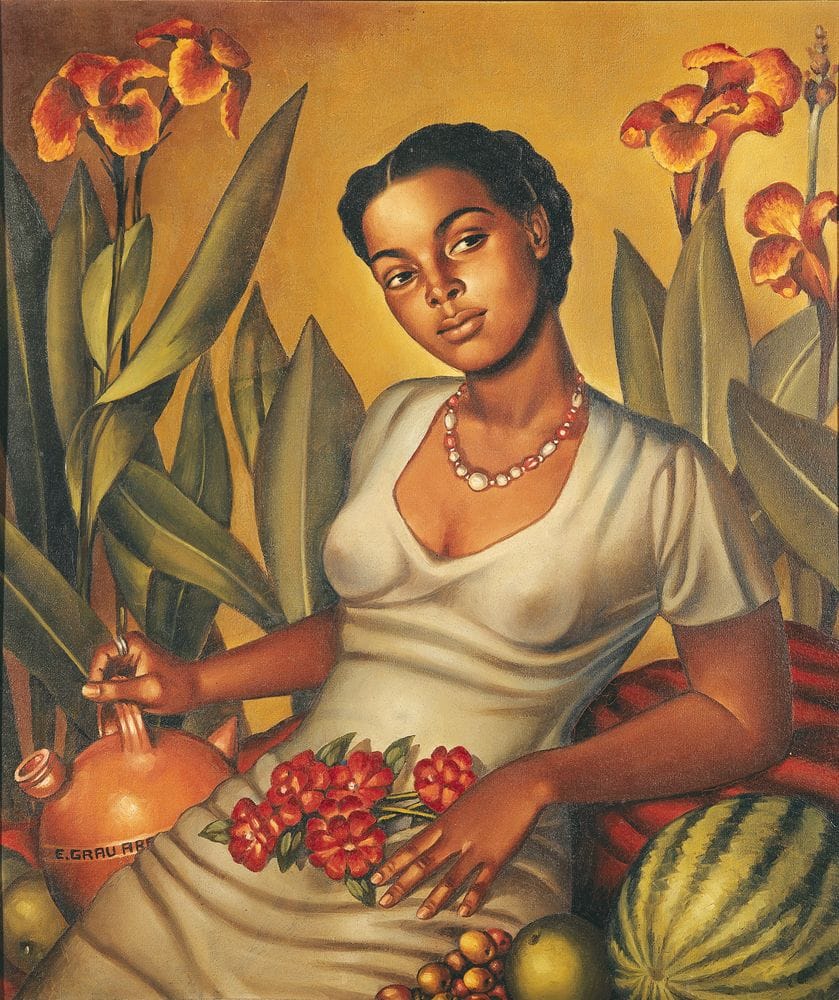
Grau’s advocacy extended beyond the studio. In 2004, he willed over a thousand artworks to Cartagena to establish the Museo Grau, ensuring that future generations could see themselves reflected in a national narrative of beauty rather than marginality.
Fernando Botero: The Art of Exaggeration
Even those who cannot name a single Colombian artist can usually describe Fernando Botero: rounded forms, mischievous smiles, a sculptural scale that dwarfs passers-by. Yet to reduce Botero to “the painter of fat people” is to overlook his virtuoso draughtsmanship and satire honed to a keener point than many early critics assumed.
The origin story is almost mythic. In 1956, a 24-year-old Botero, then eking out a living in Bogotá, painted a humble mandolin with an absurdly oversized sound hole. Something clicked: enlarge the form, shrink the void, and suddenly volume itself becomes comedy and critique. Over decades he would apply the formula to Popes, tango dancers, Abu Ghraib detainees, and a gangly teenage Mona Lisa, casting power and piety in the same inflated, vulnerable flesh.
Public sculpture amplified his footprint: bronze cats, horses, and Rapto de Europa now preside over plazas from Medellín to Singapore. Botero’s Market records soared not despite but because of his populist appeal; collectors discovered that humor could fetch serious prices. He channeled a sizable share of that fortune back home, donating 23 monumental bronzes to Plaza Botero in Medellín and more than 200 paintings to Bogotá’s Banco de la República.

Botero died in 2023, but his corpulent figures will continue to roam the globe—a reminder that an unabashedly Colombian idiom can become a universal tongue.
Oscar Murillo: A Global Conversation
With Oscar Murillo, Colombian painting enters the era of the diasporic studio—a practice shaped as much by Heathrow layovers as by the sugar-cane fields of Valle del Cauca. Murillo’s canvases rarely make the trip alone, arriving stitched from burlap sacks, coated in factory soot, or covered in schoolchildren’s doodles collected through the participatory project Frequencies.
The resulting surfaces read as palimpsests of globalization: Spanish phrases colliding with English idioms, raw linen next to industrial vinyl, and spray-paint tags hovering over labor-union slogans. Critics hear echoes of Alberto Burri’s combusted sackcloth and Robert Rauschenberg’s combines, but Murillo’s conceptual anchor is uniquely Colombian: an insistence that art document the invisible engines of migration and supply chains.
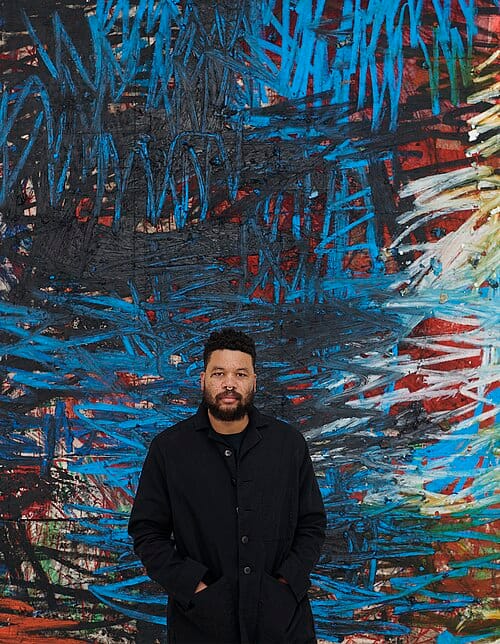
By age 33, Murillo had not only been shortlisted for Britain’s Turner Prize but convinced the jury to split the award evenly among all four nominees, framing collaboration as an act of rebellion against the art-world’s culture of competition. He continues to split his time between London, La Paila, and wherever his freighted canvases are dropped, proving that artists from the so-called periphery can set the terms of contemporary discourse.
Continuing a Living Legacy
Colombian painting today thrives on the tensions first explored by Gómez, Arango, Obregón, Grau, Botero, and Murillo: the push-pull between beauty and brutality, between regional storytelling and international ambition. Emerging voices like María Berrío, Ana Mosseri, and Camilo Restrepo are extending the conversation, weaving quilting techniques, performance, and digital media into Colombia’s visual lexicon.
For readers charting their own art pilgrimages, the map is generous. Visit Medellín’s Museo de Antioquia to stand inches from Gómez’s frescoes; detour to Envigado’s Casa Museo Débora Arango to experience the painter’s home-turned-time capsule. In Bogotá, Museo Botero grants free admission—a Botero gesture par excellence.
Colombian painting, in other words, is less monument than motion: murals aging under tropical rain, bronzes warming in equatorial sun, canvases shuttling between London drop-ships and Caribbean ports. The artists we are profiling here taught the world that scale can be exaggerated, that pain can be rendered in operatic color, and that community—whether defined by neighborhood or classroom—belongs inside the frame. Their work suggests a final, durable lesson: that art, when grounded in local truth, can travel farther than any passport can measure.


